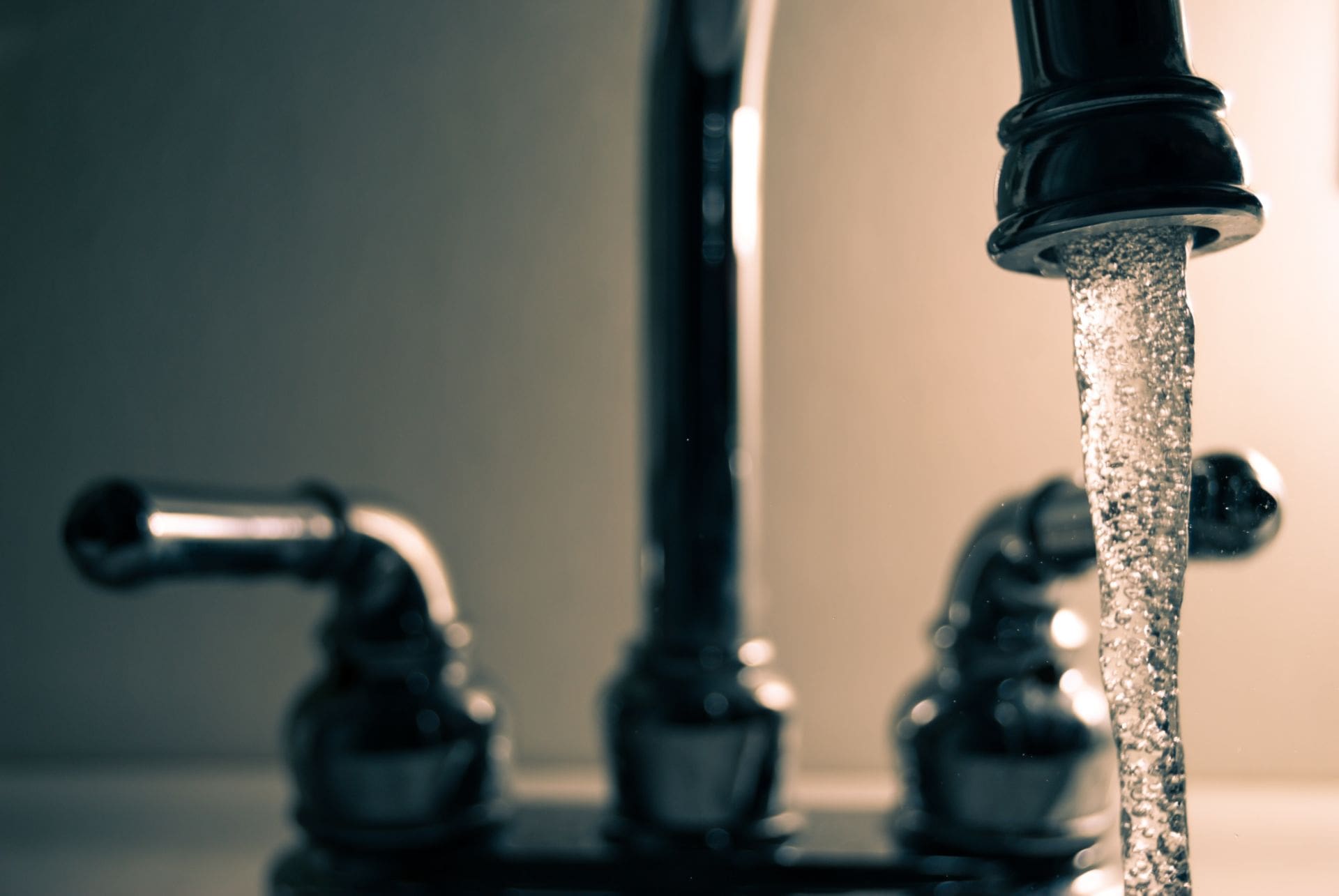Why is tap water chlorinated? At first glance, leaves a bad taste in your mouth, and dries out your skin. It’s also toxic to inhale and ingest in high concentrations. This leads to the question: Why it is in our water in the first place? The short answer is that chlorine kills microorganisms. When added to public water supply, it kills a wide range of pathogens that could potentially make it into your glass at home. In fact, chlorine is largely responsible for the fact that municipal water remains free from waterborne pathogens and even COVID 19 itself. (CDC). Many experts agree that chlorinated water is the most notable public health advance in the past millennia. (Life Magazine).
Protecting Public Health since 1908
“Unless special measures are taken, community water supplies are likely to contain enteric viruses which may lead to sporadic cases, or even epidemics, of such diseases as infectious hepatitis or poliomyelitis.”
Chlorine was introduced into the public water supply for the first time in 1908 as an attempt to curb high rates of cholera and typhoid fever. At that time, typhoid fever killed 100 cases per 100,000 people. The experiment was so successful in Jersey City, that Chicago and Baltimore followed suit. By 1920, the number of typhoid cases dropped by 60%. Now, we see only 0.1 cases per 100,000 people, “with approximately 75% occurring among international travelers.” (Bright Hub Engineering). The Center for Disease Control credits this drop largely to the widespread “implantation of water disinfection and treatment.” (CDC).
Benefits of chlorinated public water supply:
- Typhoid fever and cholera are now virtually obsolete.
- Massive reduction in the spread of febrile disease.
- Increased life span.
Why Chlorine?
So, why is tap water chlorinated? Anyone who has ever used chlorine bleach to clean (as many of us are doing right now due to COVID 19), knows that chlorine dries out the skin of your hands to the extreme. It can even result in cracking and bleeding. Chlorine acts on microorganisms the way it acts on your skin. The oils on our hands are lipids, or fat. Just like chlorine destroys the natural oils on our hands, it attacks the lipids in the cell walls of microorganisms. This “destroys the structures inside the cell, rendering them oxidized and harmless.” (How Stuff Works). That’s why it’s so effective at killing potential pathogens in water supply.

Chlorine Toxicity
Chlorine is SO good at killing microorganisms. This begs the question: what could it be doing to our bodies? We see the effect right away on our skin. At high levels, chlorine is known to be toxic. Research is still being done on the potential health effects of consistent exposure to low levels of chlorine.
Chlorine toxicity at high levels occurs when someone inhales, swallows, or touches undiluted chlorine bleach. Symptoms are fast and severe. In the digestive tract, effects include burning in the mouth, swelling and pain in the throat and stomach, vomiting, and blood in the stools. In your bloodstream, chlorine can cause a drop in blood pressure, blurry vision, burning or irritation of the eyes, and even vision loss. Topically, chlorine can burn and irritate your skin and eyes. (Healthline). These extreme effects at high levels are cause to continue studies on low level exposure.
Chlorine in drinking water at levels below 4 parts per million is considered safe. Although studies continue to be done, this level holds water (pun intended!). However, since it is a toxic substance, the research continues. Scientists are currently studying potential risks to several types of cancer. (Water and Health). Chlorinated water is dangerous to patients undergoing dialysis treatments. (CDC). Even at low levels, chlorine leaves an unpleasant taste and odor, which often discourages people from drinking as much water as they should to maintain healthy hydration.
“Chlorine levels up to 4 milligrams per liter (mg/L or 4 parts per million (ppm) are considered safe in drinking water. At this level, no harmful health effects are likely to occur.”
FreshPure® Waters Removes Chlorine
FreshPure® Waters is chlorine-free. Our customers enjoy fresh, great-tasting water without the taste or odor of chlorine. To remove chlorine, FreshPure Waters uses a blend of activated coconut carbon. So, you and your family don’t have to take the risk.
“Why do you drink FreshPure® Waters?” “Because my tap water tastes like a swimming pool.”
-Customer in Las Vegas, Nevada at Whole Foods Market
FreshPure® Waters offers a big, “Thank You!” to the scientists who studied and developed the use of chlorine to keep our communities safe. Now, let’s keep chlorine in the swimming pool!

REFERENCES
Bright Hub Engineering. (2020). Water chlorination history. Retrieved on April 1st, 2020 from https://www.brighthubengineering.com/structural-engineering/77511-water-chlorination-history-the-mid-1800s-through-the-early-1900s/
Center for Disease Control. (2015) Disinfection with Chlorine. Retrieved on April 15th, 2020 from https://www.cdc.gov/healthywater/drinking/public/chlorine-disinfection.html
Center for Disease Control (CDC). (2012). History of Drinking Water Treatment. Retrieved on April 2nd, 2020 from https://www.cdc.gov/healthywater/drinking/history.html
Center for Disease Control (CDC). (2020). Water Transmission and COVID-19 Retrieved on April 2nd, 2020 from https://www.cdc.gov/coronavirus/2019-ncov/php/water.html
Healthline. (2017). Chlorine Poisoning. Retrieved on April 15th, 2020 from https://www.healthline.com/health/chlorine-poisoning
How Stuff Works. How does chlorine work to clean swimming pools? Retrieved on April 2nd, 2020 from https://science.howstuffworks.com/innovation/science-questions/question652.htm
NCBI. (2005). Membrane Damage and Microbial Inactivation by Chlorine in the Absence and Presence of a Chlorine-Demanding Substrate. Retrieved on April 2nd, 2020 from https://www.ncbi.nlm.nih.gov/pmc/articles/PMC1214667/
Scientific American. (1998). How does chlorine added to drinking water kill bacteria and other harmful organisms? Why doesn’t it harm us? Retrieved on April 2nd, 2020 from https://www.scientificamerican.com/article/how-does-chlorine-added-t/
Water and Health. (2019). Chlorinated tap water: benefits and risks. Retrieved on April 16th,2020 from https://waterandhealth.org/safe-drinking-water/chlorinated-tap-water-benefits-and-risks/
